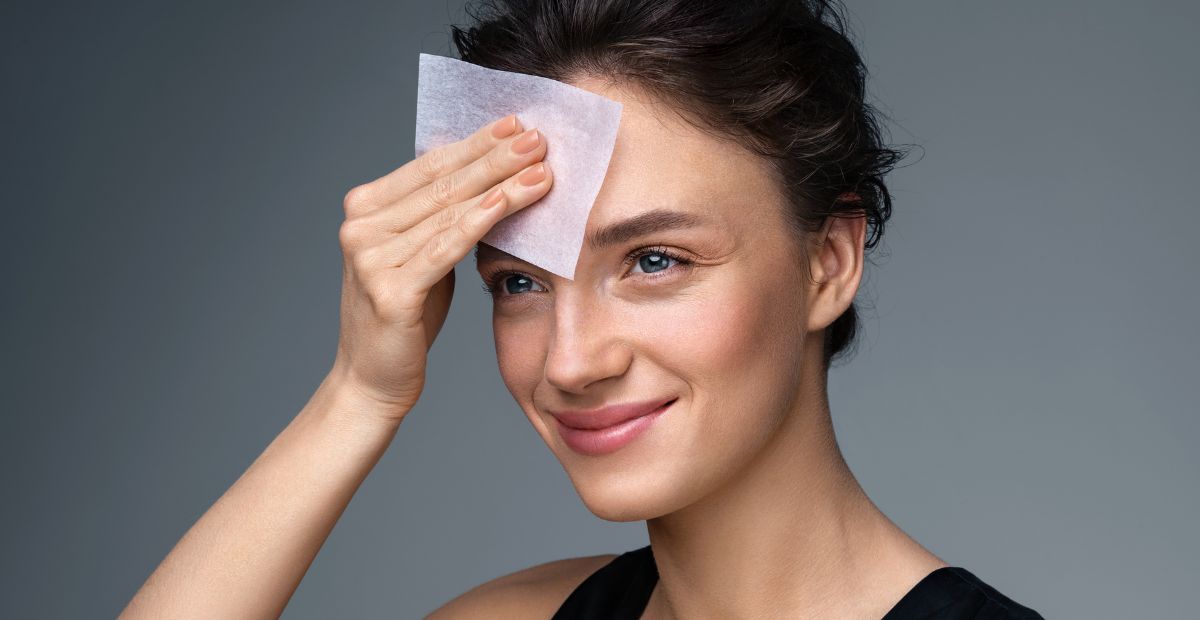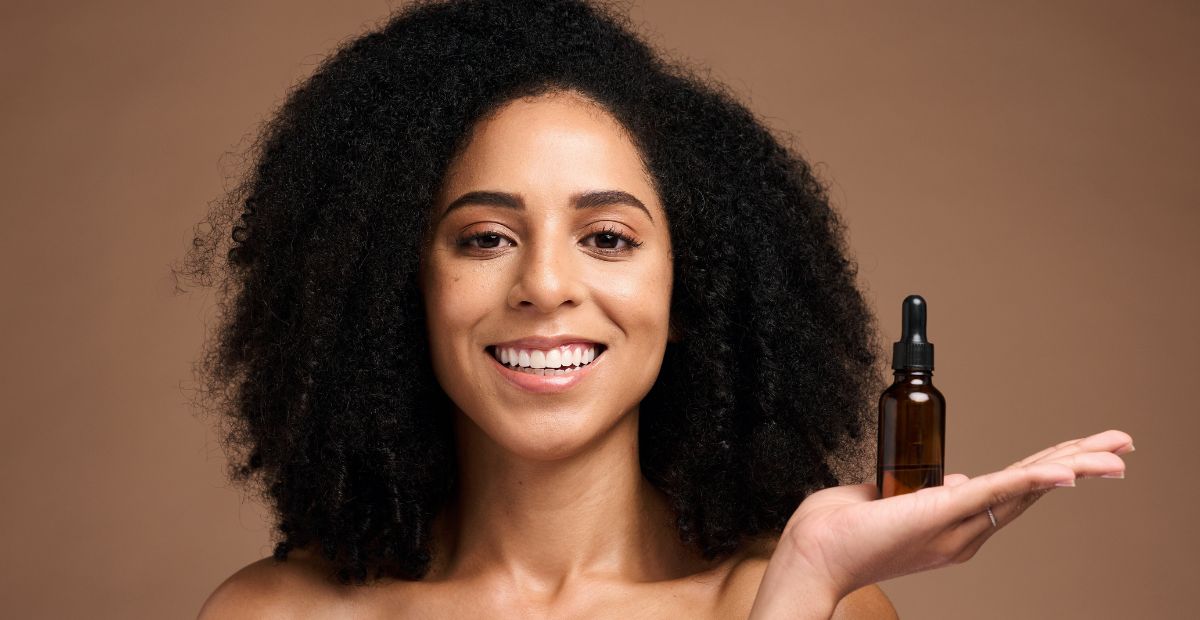Escape the Clog: A Guide to Comedogenic Ingredients
Onskin Content Team
Your guides through the skincare chaos
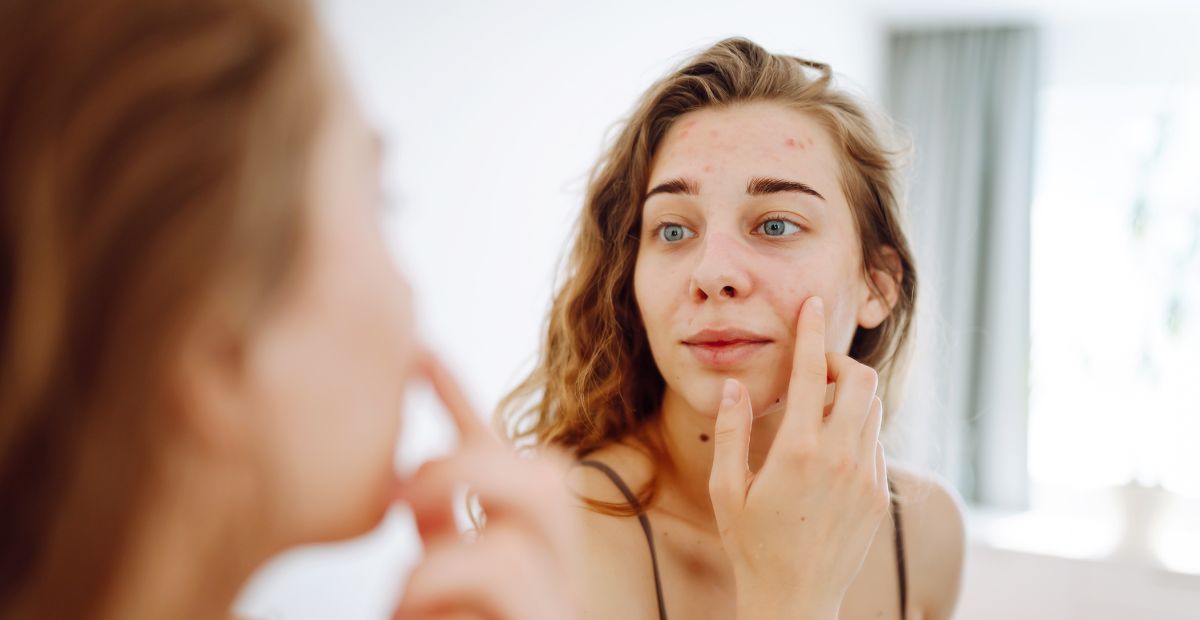
Ever wonder why your go-to moisturizer suddenly gives you breakouts? You might be dealing with comedogenic ingredients!
These little troublemakers can sneak into your pores, causing chaos and clogging things up. In this post, we’ll explore what ingredients are comedogenic, how they can mess with your skin, and how to pick products that keep acne at bay. If you’ve got oily or combination skin, this guide is a must-read.
What on Earth Is Comedogenic?
So, let’s kick things off with the big question: what does comedogenic mean?
Well, acne usually begins with clogged pores, also known as comedones. The term “comedogenicity”, in turn, refers to how likely a substance is to cause these clogs.
In simple words, if something is comedogenic, it has the potential to block your pores and trigger breakouts. Have you got oily or combination skin? To keep these ingredients in mind is super important for you—when picking new skincare products or reevaluating those at your shelves.
The Science Behind Comedogenicity
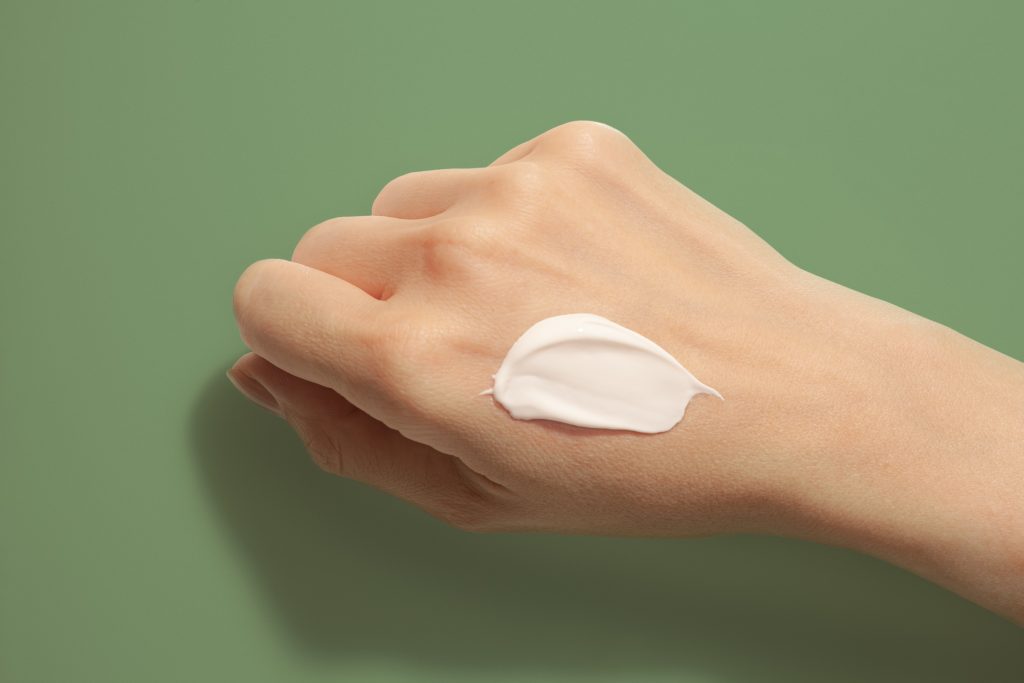
A great number of studies have tried to pin down which ingredients are comedogenic and which aren’t, and they’ve done so using a couple of different methods. Some studies tested on rabbit ears (poor rabbits!), while others used human skin. What did they show?
One of the most influential but quite outdated studies on this was from 1989, led by dermatologist James Fulton. They examined a huge amount of cosmetic ingredients—over 200! In most cases, researchers tested on the inside of the rabbit’s ear to see if they’d got clogged pores, or comedones. If the rabbits broke out, chances were, humans might too.
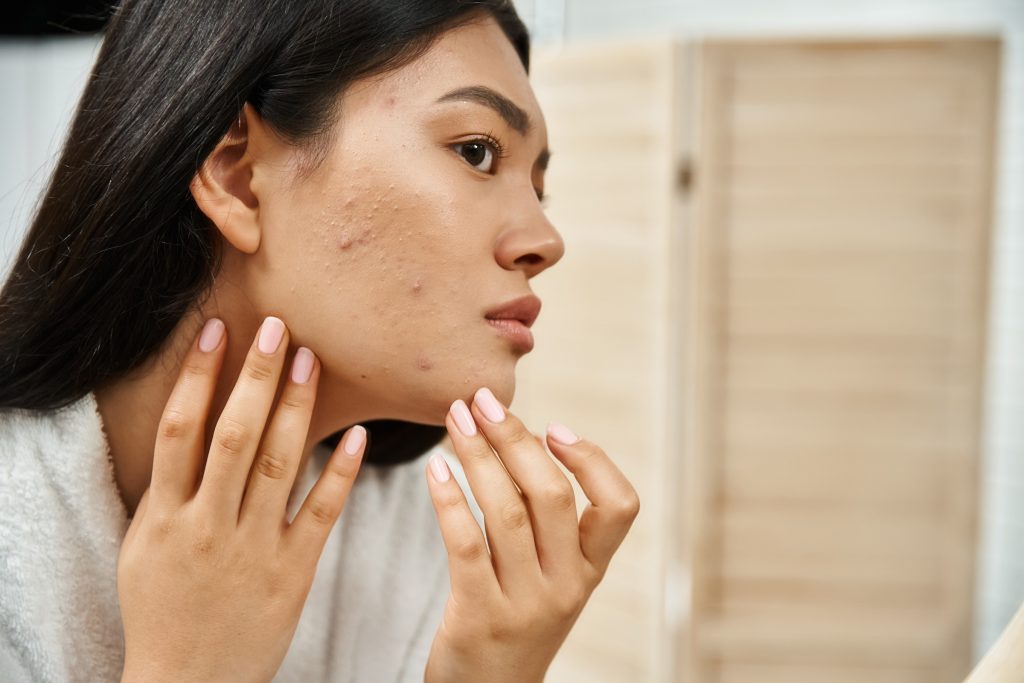
Later studies shifted to humans, but with some limitations. Tests were often performed not on people’s faces, but on their backs (which, by the way, may also suffer from acne.) Still, this again didn’t perfectly represent real-life skincare use. And the sample sizes were pretty small.
What’s important is that some studies applied high concentrations of individual ingredients to the skin—often 10% or more—whereas in actual skincare products, the concentration is usually much lower.
On top of that, comedogenicity can be somewhat vague. Why? Because only the manufacturer knows the exact concentration of ingredients in their product.
However, there are certain ingredients that, based on research, have been linked to more frequent breakouts. That’s why it’s worth paying attention to when picking your skincare products.
The Comedogenicity Scale
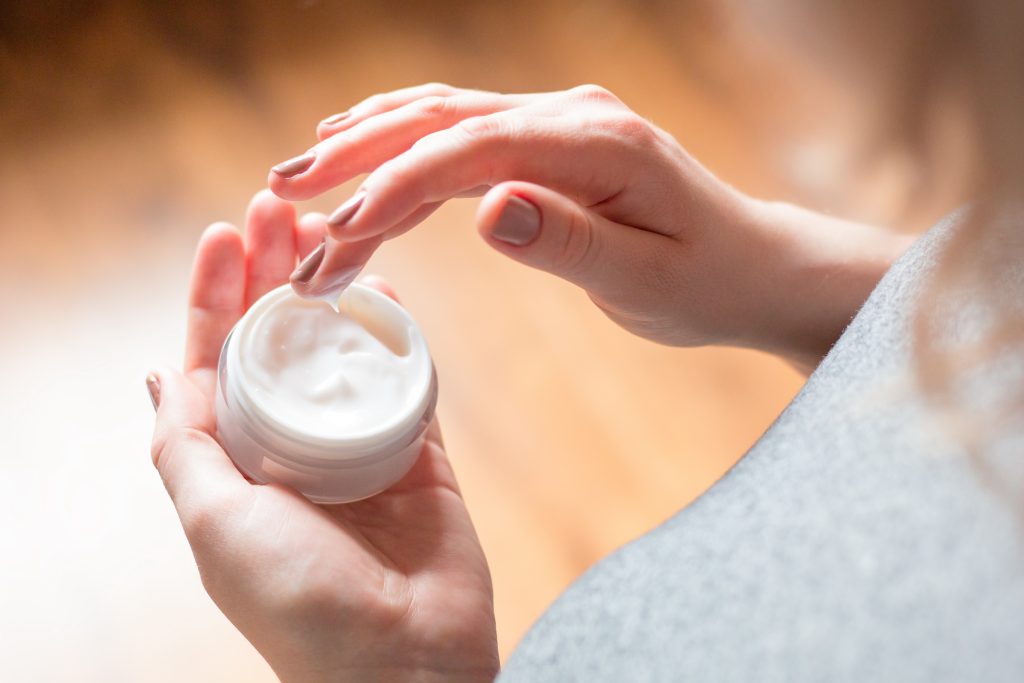
Now, if you’ve ever googled a skincare ingredient, you might have come across the comedogenicity scale.
This scale is rooted in scientific studies, though some of which date back a bit. Researchers examined cosmetic components with a scale from 0 to 5, with 0 being non-comedogenic and 5 being most likely to clog pores.
Based on the rabbit ear trials, ingredients that caused large comedones throughout the rabbit ear got a score of 5. At the same time, grades of 2 to 3 were considered borderline and such components just might cause some issues.
The Most Common Comedogenic Ingredients
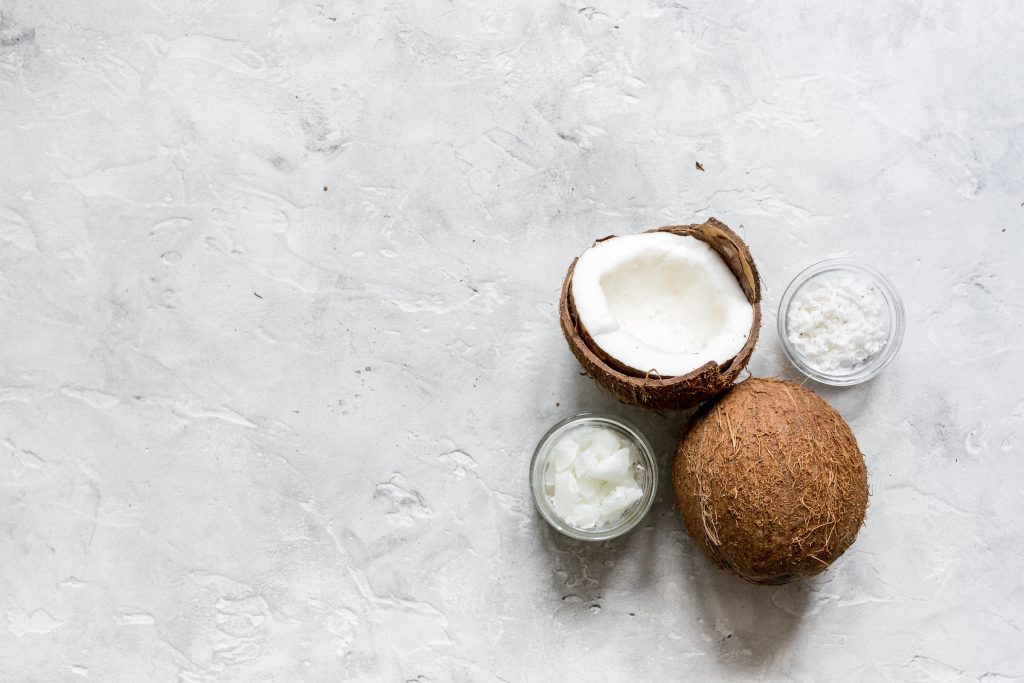
Okay, which ingredients should you definitely watch out for?
If you’re acne-prone, you’ve probably been told to avoid anything rated 3 or higher. For example, ingredients like myristyl myristate scored high on that scale. Here’s a quick breakdown of the usual suspects:
- Oils like coconut oil and cocoa butter
- Fatty alcohols such as isocetyl alcohol and oleyl alcohol
- Certain esters and derivatives like isopropyl myristate and isopropyl palmitate
- Emulsifiers such as oleth-3 and laureth-4
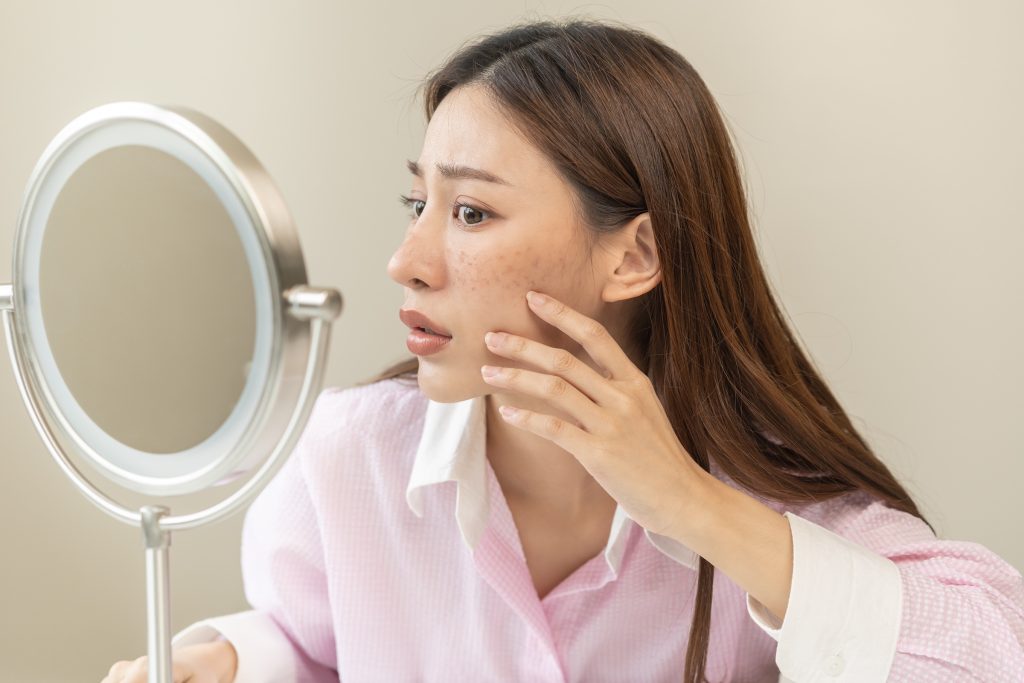
Tools like OnSkin also take comedogenicity into account to assess if a product may clog pores. Our science-backed comedogenic list breaks down ingredients that cause acne into two categories:
- Considered comedogenic: Ingredients that can clog pores for oily and combination skin types. You may find in there cocos nucifera (coconut) oil, theobroma cacao (cacao) seed oil, isopropyl myristate, isopropyl palmitate, laureth 4, acetylated lanolin alcohol, oleth-3, oleyl alcohol, lauric acid, ethylhexyl palmitate, and more.
- Probably comedogenic: Ingredients that may clog pores for oily and combination skin types. But depending on a certain product’s formula and the ingredient’s percentage, its comedogenicity level may vary. These include hydrogenated vegetable oil, prunus amygdalus dulcis (sweet almond) oil, persea gratissima (avocado) oil, simmondsia chinensis (jojoba) seed oil, vitis vinifera (grape) seed oil, olea europaea (olive) oil, zea mays (corn) oil, butyl stearate, laneth-10, and stearic acid.
The good news is, with OnSkin, you don’t have to memorize every ingredient. The app helps you quickly spot comedogenic and probably comedogenic ingredients in cosmetics even before you buy them. With a few clicks, you’ll avoid comedogenic products in your beauty stash!
The Bigger Picture

Here’s the kicker: you can’t really tell how much of a comedogenic ingredient is in a product or how it plays with other ingredients. But if you’re someone who breaks out easily, the last thing you want is to use something that might cause more pimples.
But don’t worry! Some products can have comedogenic ingredients and still be safe to use. Take eye creams, for example—even if they contain pore-clogging components, they’re usually applied to the eye area, which has thinner, more delicate skin that’s less prone to breakouts. (And this guide will help you use eye creams like a pro.)
The same goes for lip balms. The skin on your lips is different too—it’s thinner and lacks oil glands, making it less likely to develop acne. Just remember to keep these products to their intended areas, and you should be in the clear!
The Last Word on Clogging
Navigating the world of skincare can feel like an endless maze, especially when it comes to understanding what’s in those colorful jars and bottles. While the ratings, studies, and handful tools provide a helpful guideline, the reality is that skin care is individual. What might cause breakouts for one person couldn’t be a deal-breaker for another. Your skin here is the best guide.
FAQ
-
Where do I start with OnSkin?
Download the app and think of a product you’d like to know more about. Then, go to the main screen and choose how you’d like to get the info —by manually looking it up in the search bar, by scanning its barcode, or by simply taking a picture of the packaging. Once you’ve done any of these, you can see how safe the product is and if it suits your skin or hair (if this analysis is available).
-
What is Safety Rating, and how is it calculated?
In OnSkin, we base product rates on ingredients. Each is closely studied by our medical team and then evaluated. This way, each product gets a score from 0 to 100, with 100 as the safest level.
Safety Levels
- Excellent (76–100)
- Good (51–75)
- Not great (26–50)
- Bad (0–25)
These scores are backed by the latest scientific studies. You can find links to the resources we’ve used on each ingredient page. To assess the safety of product ingredients, we evaluate them according to the following parameters/criteria
- Endocrine disruption risk / Reproductive toxicity
Indicates the probability of mimicking, blocking, or interfering with the body hormones.
- Сarcinogenicity
Measures the potential risk of inducing cancer.
- Allergy risk
Estimates the probability of an allergic reaction.
- High concentration alert
Determines the risk of being unsafe in certain amounts.
-
What is Skin Match?
Based on the info you input about your skin type, age, skin care goal, and other “settings,” OnSkin checks how well a product is tailored to your unique skin needs — it’s basically like a dermatologist helping you find the right products, minus the fees and the long wait. The product you’re checking might be labeled as It’s a match!, Hit-or-miss, or Not a match for you. The app also detects ingredient groups such as Anti-acne, Anti-inflammatory, Moisturizes, May be drying, Comedogenic, and others — by tapping one, you see exactly what ingredients from this or that group are in the product.
-
I seem to have a problem with using the app. Who should I contact?
Please reach out to us at [email protected], and we’ll carefully look into your issue. Your ideas for improving the app are also very welcome!
-
Do you have an Android version?
Not yet! Hey Android users, we hear you, and we're thinking about making an Android version, but we haven't started the development yet.
Tracker Sent!
It’s on the way to your inbox.



